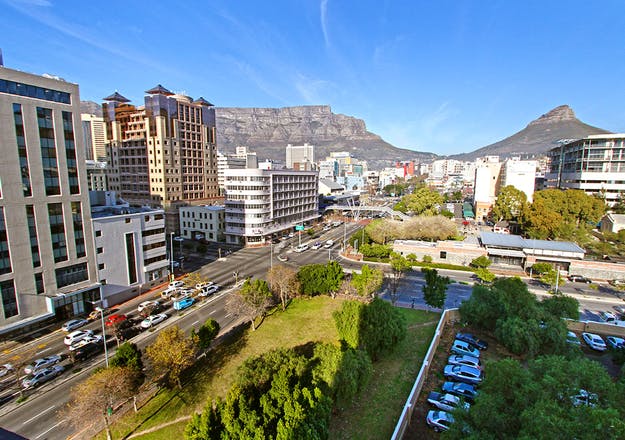The City of Cape Town is encouraging Capetonians to submit a comment on proposed amendments to the Municipal Planning by-law. In a city where the scars of apartheid spatial planning are still visible, the City claims that the amendments will work to include residents who have previously been excluded from the city’s metropolitan areas. However, some interest groups disagree.
The City of Cape Town is proposing a number of crucial amendments to the Municipal Planning By-Law (MPBL) as a part of its annual review process. The MPBL regulates developments and land use in Cape Town and may have an impact on property rights, as well as on future developments and land uses.
Mayoral committee member for Spatial Planning and Environment, Marian Nieuwoudt, outlined in a press statement on 8 March that “the amendments will have an impact on what our cities and suburbs will look like a few years on. Thus, all of us who live and work in Cape Town have an interest in the outcome of this process, regardless of whether you’re a property owner or not”.

A number of key amendments to the by-law affect emergency housing, the installation of minor free-standing cell masts, the third dwelling as an additional use right and short-term letting of flats.
The document can get quite technical, so here are some of the key proposed amendments to consider:
Emergency Housing
The City is, in emergency situations such as fires and floods, obligated to provide temporary housing for affected residents who cannot afford alternative accommodation. The proposed amendment here would allow the City to establish emergency housing on City-owned land or private land for a period of up to six months, once the owner of such land has provided written consent. The City may extend the provision of emergency housing for a further period of up to six months but must advertise the intention and provide the opportunity for input.

According to the City, “The proposed amendment will allow for families that are left homeless due to emergencies such as fires and floods to be temporarily relocated to an alternative site in a timeous manner.”
Bevil Lucas, a house leader and member of the Co-ordinating Committee at Reclaim The City, feels that the current standard of temporary housing should be improved.
“Temporary accommodation has never been brick and mortar,” he said.
“We’ve seen the type of accommodation and it’s not great in winter.”
Short-term letting from flats
The current by-law does not deal with the short-term letting of flats.
“The City’s Development Management Scheme currently permits short-term letting for transient guests (short-term guests) from dwelling houses and a second dwelling, but not from flats,” said Nieuwoudt.
A dwelling house is building used as a residence rather than for business. A second dwelling is a separate living space within a house or on the same property as an existing house.
The new provision will allow for short-term letting from a house or flat for a period not exceeding 30 consecutive days. The City has proposed this amendment in response to the increase in short-term letting via online platforms such as Airbnb.
Residents, however, must abide by the rules of their body corporates and homeowners’ associations regarding short-term letting.
“The City cannot interfere in the business of a body corporate and does not approve its rules,” said Nieuwoudt.
Building Height
According to the City, building height has always been a contentious issue.
In an MPBL guideline document published on 21 February, it says that most complaints regarding building height are: neighbour’s views, privacy and sunlight. Landowners are also affected as it is difficult for them to design their own structures.

Explaining that the measurement of building height is complex, Lizel Steenkamp, senior media liaison for the City of Cape Town said, in the simplest terms the building height will be measured from a pre-approved “ground level” or lowest point. The City will produce a ground-level map that will cover all areas of the municipality and specify reference points (per area). The ground-level map is necessary because the topography of the city differs vastly – some areas have slopes and hills while others are flat. So if you have a building in Clifton, for example, and want to go higher, the ground-level map will show you how high you can go.
In an interview with Daily Maverick, Nieuwoudt said that the City has opted to propose the amendments now to “address the legacy of apartheid spatial planning” and implement “progressive policies”.
Source: Sandisiwe Shoba





